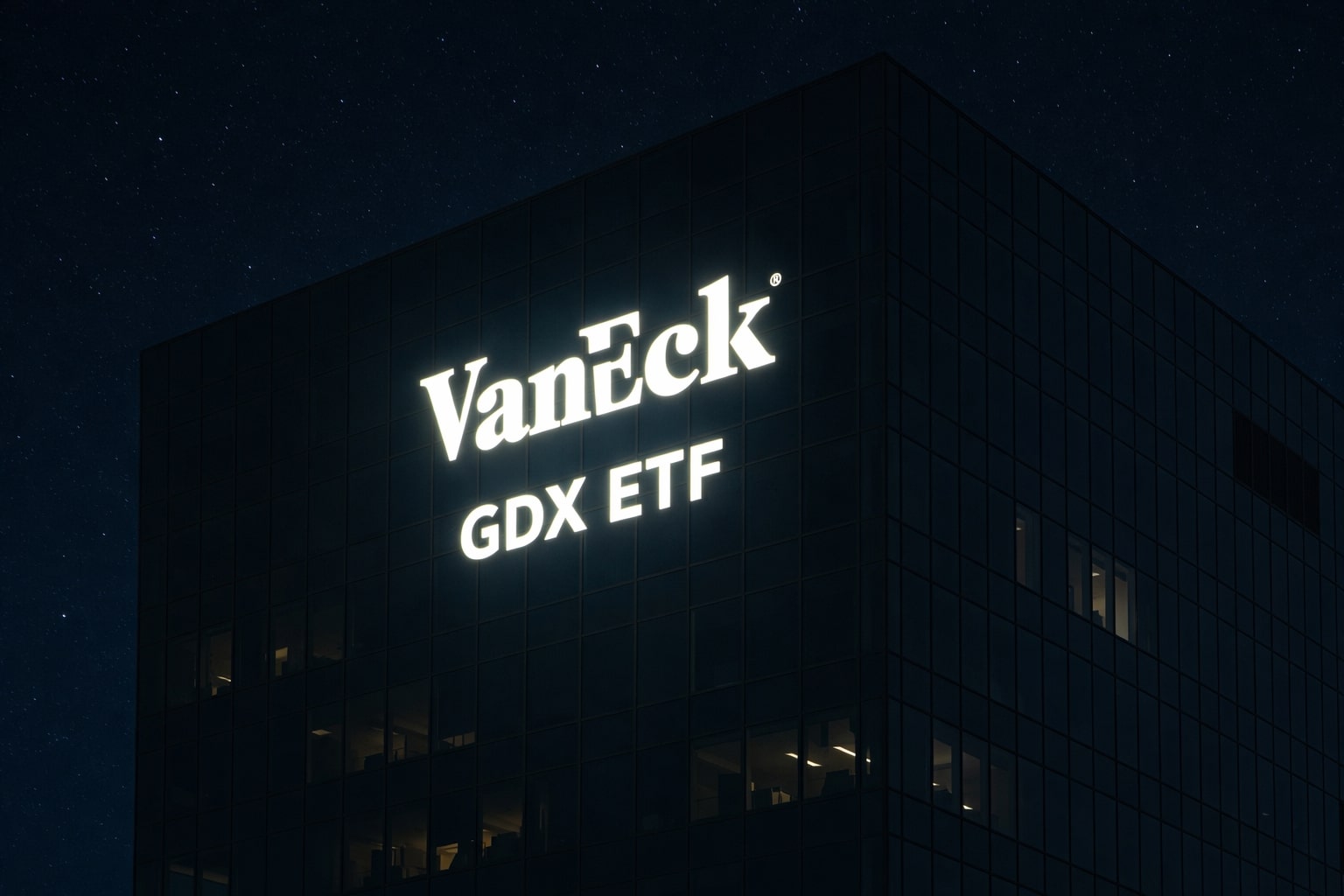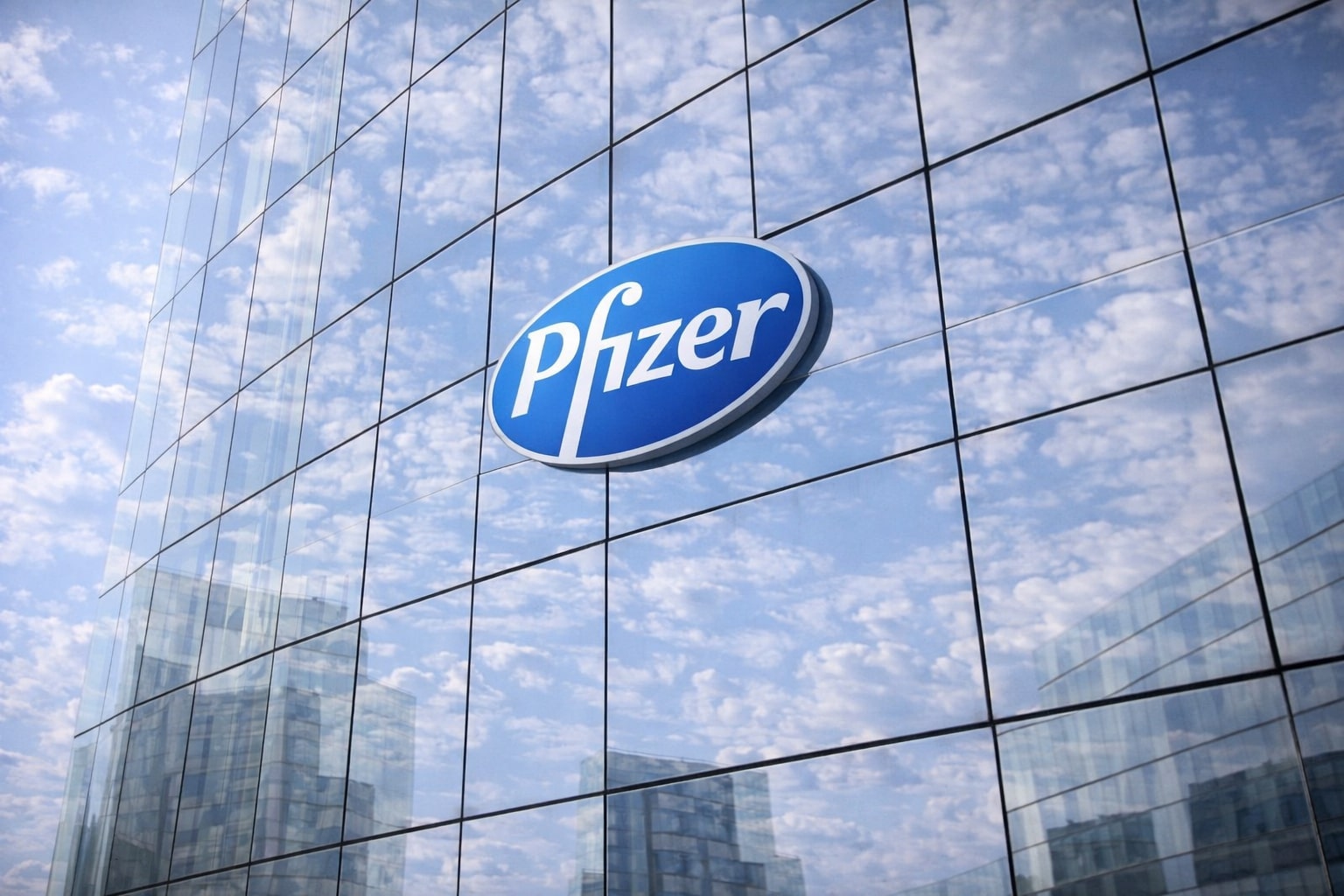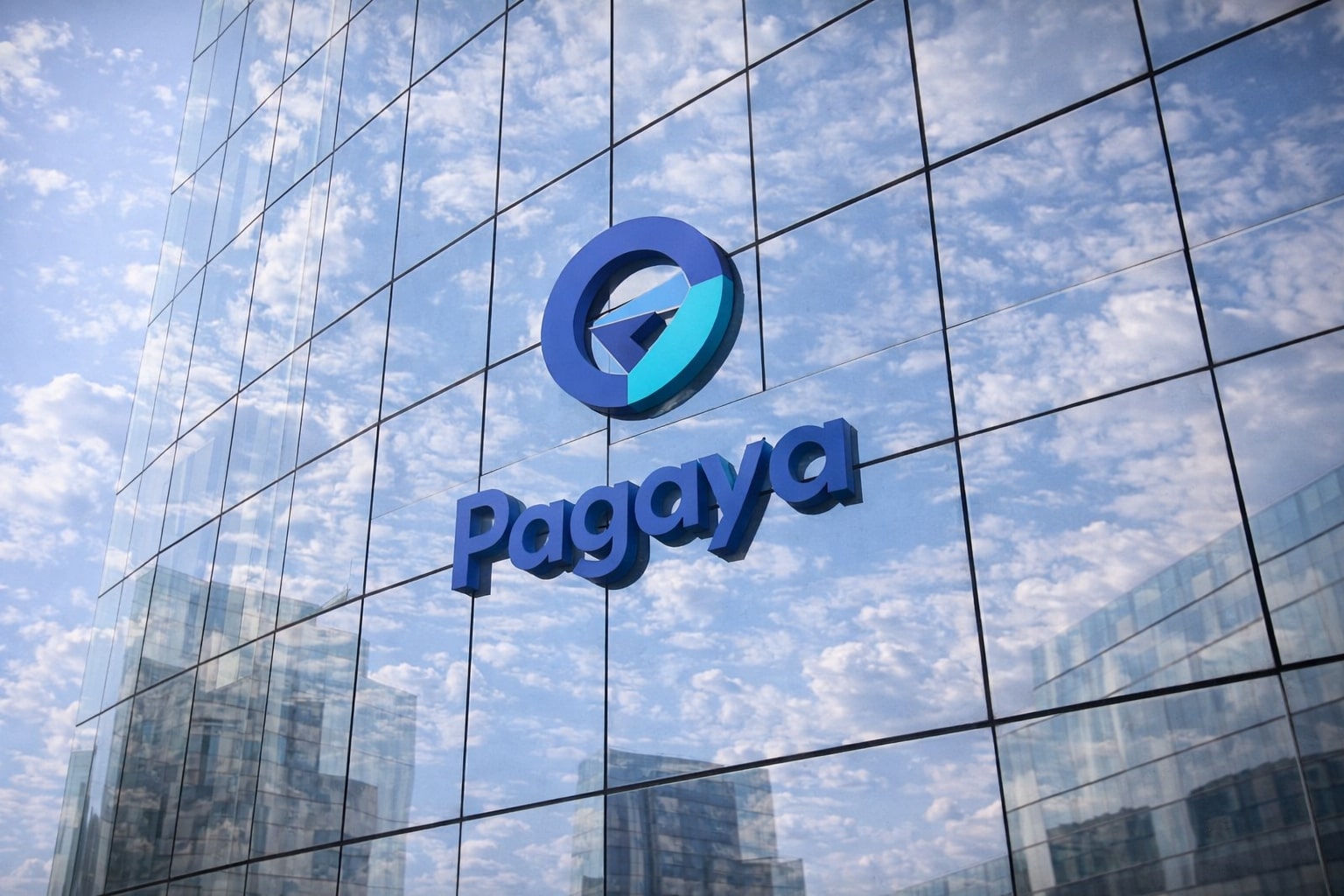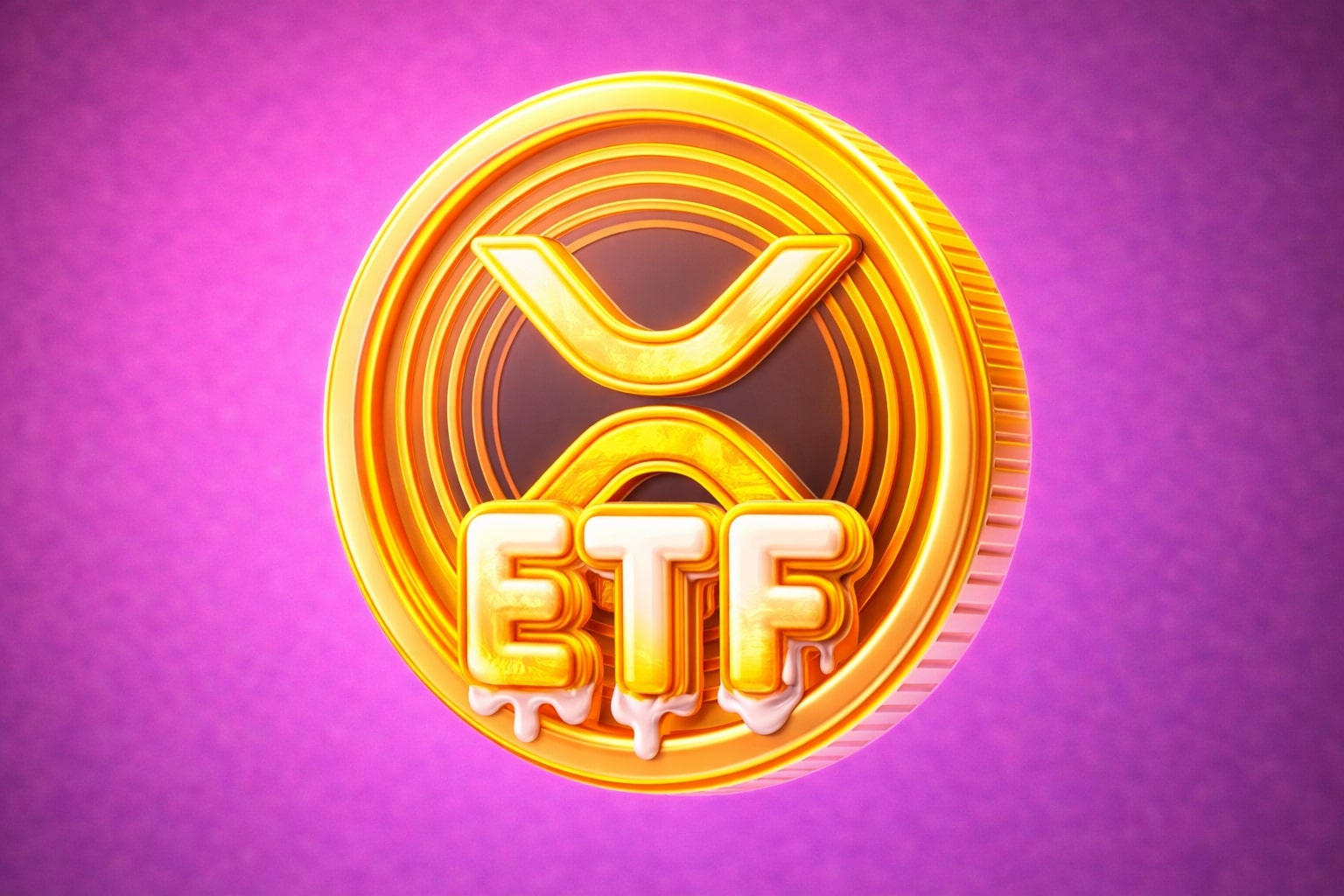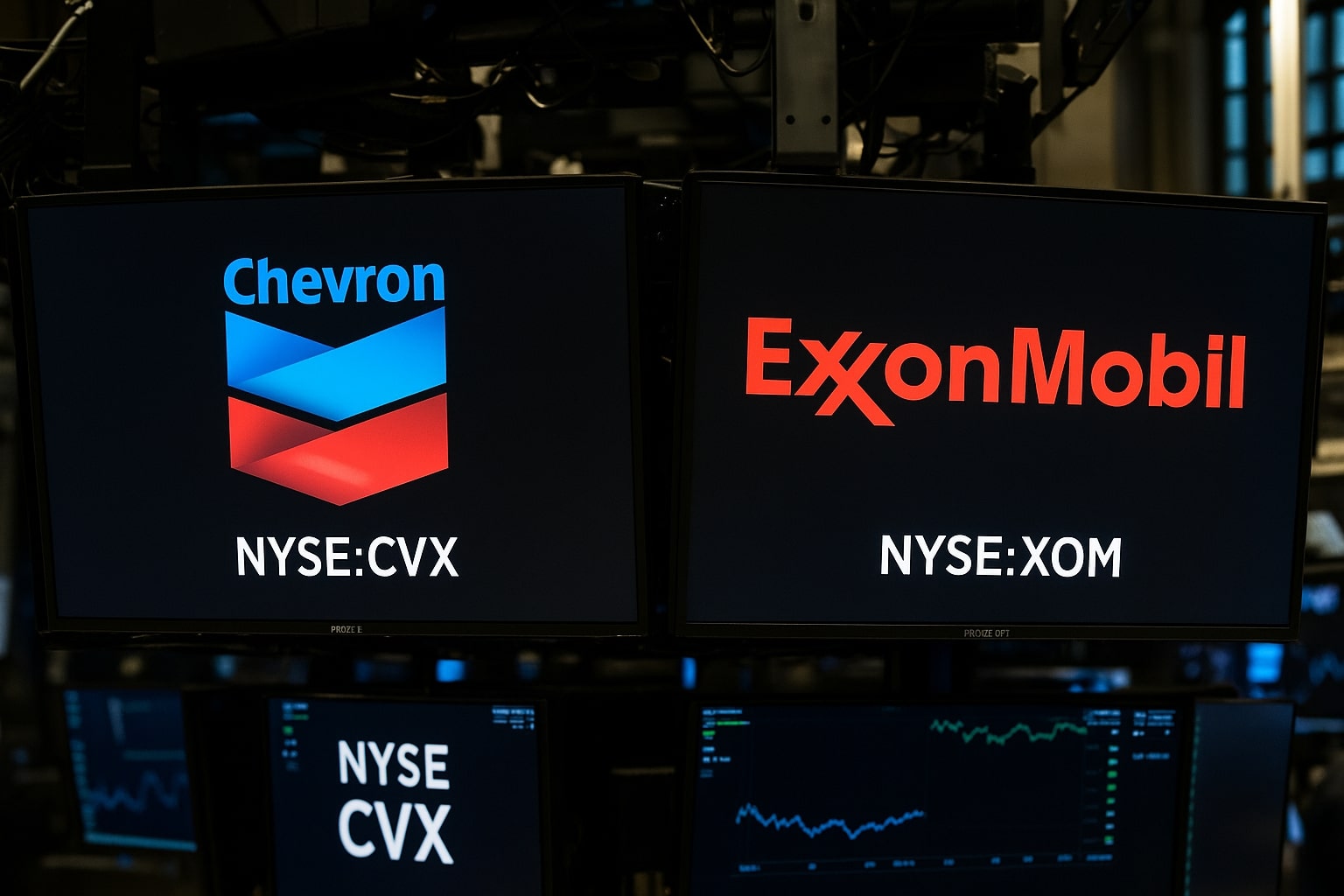
Exxon (NYSE:XOM) Stock vs Chevron (NYSE:CVX) Stock Analysis: XOM at $109.11 vs CVX $160.20 in 2025 Energy Battle
Exxon Mobil’s Guyana growth, Pioneer deal, and stronger free cash flow challenge Chevron’s Hess acquisition and higher yield at $160.20 | That's TradingNEWS
Exxon Mobil (NYSE:XOM) vs Chevron (NYSE:CVX): Competing Giants in Energy’s New Era
The clash between Exxon Mobil (XOM) and Chevron (CVX) defines the state of global oil supermajors in 2025. Exxon trades at $109.11 with a market capitalization of $465 billion, while Chevron changes hands at $160.20 with a valuation near $304 billion. At face value, both are reliable income machines with fortress balance sheets. But under the surface, the divergence is striking: Exxon leans on mega-projects in Guyana and its integration of Pioneer Natural Resources, while Chevron has doubled down on shorter-cycle barrels and its $53 billion Hess acquisition. For investors, the battle is less about oil prices and more about who manages capital better, who has the deeper reserves, and who delivers the stronger shareholder returns when crude lingers near $65 per barrel.
Valuation Multiples and Market Positioning
Exxon Mobil looks cheaper on relative valuation. The stock trades at a forward P/E of 14.2x versus Chevron’s 15.9x, while price-to-cash flow favors Exxon at 9.1x against Chevron’s 10.5x. Both companies carry nearly identical EV/EBITDA multiples (7.2–7.3x), but Exxon’s larger scale and longer reserve life tilt the balance. Exxon’s reserve replacement ratio sits at 112%, securing about 12 years of production visibility, compared with Chevron’s shorter 8-year reserve life. This structural difference makes Exxon more resilient in downturns, while Chevron’s valuation premium hinges on flawless Hess execution.
Earnings Performance and Capital Efficiency
Exxon’s latest quarter delivered $81.5 billion in revenue, a 12% YoY decline, with adjusted EPS of $1.64, beating estimates. Chevron reported $44.8 billion, also down 12%, with EPS of $1.77, topping expectations. But revenue scale and efficiency matter: Exxon’s return on capital employed (ROCE) sits nearly 400 basis points higher than Chevron, highlighting superior capital discipline. Exxon’s free cash flow reached $5.4 billion in Q2, up 8% YoY, while Chevron’s $4.9 billion free cash flow was boosted by one-off working capital gains. More telling is shareholder distribution: Exxon returned $9.2 billion last quarter (170% of free cash flow), compared to Chevron’s 112%, underscoring Exxon’s ability to outspend peers in rewarding investors.
Growth Catalysts: Guyana vs Permian and Hess
Exxon’s crown jewel remains Guyana’s Stabroek Block, where projects like Yellowtail are expected to deliver $3 billion incremental annual revenues by 2026. Exxon already leads with 600,000 BOE/day net from Guyana, expected to scale above 1.2M BOE/day by the decade’s end. Combined with record Permian output of 1.6 MBOED after absorbing Pioneer, Exxon has secured a blend of long-cycle and short-cycle growth unmatched by peers.
Chevron has staked its future on the Hess acquisition, which added 30% more reserves and exposure to Guyana but came with complexity. Exxon and CNOOC launched arbitration over Hess’s Guyana stake, creating legal uncertainty. Execution risk is real: Chevron must deliver the promised $1 billion annual synergies by 2027, integrate Hess without cost overruns, and scale its Permian output (currently ~1.0 MBOED) without exhausting capital. Chevron’s heavier reliance on shale — 40% of production tied to short-cycle barrels — forces higher ongoing CAPEX, making it more exposed to price volatility.
Dividends, Buybacks, and Institutional Backing
Dividend appeal is a key battleground. Chevron’s forward dividend yield sits at 4.29%, beating Exxon’s 3.65%, giving CVX the edge on income today. But Exxon’s dividend growth record is more robust, with a Q4 hike to $1.03 per share expected, raising yield closer to 3.8%. Over the past year, Exxon deployed $20.9 billion on buybacks and $17.1 billion on dividends, cementing its capital-return dominance.
Chevron, meanwhile, leans on Buffett’s endorsement. Berkshire Hathaway raised its CVX stake by 2.91% in Q2 2025, now worth $17.4 billion, signaling deep institutional faith in its dividend profile. Chevron is also running one of the most aggressive buyback programs in the sector, repurchasing $2.5–$3 billion per quarter, delivering a buyback yield of 4.88%, triple its historical average. Exxon’s buybacks are larger in absolute dollars but represent a smaller slice of its valuation.
Balance Sheet and Risk Profile
Exxon maintains a net-debt-to-capital ratio of 8%, one of the leanest among global majors, granting it flexibility if crude prices slip. Chevron runs heavier at 16.8%, a manageable figure but limiting agility compared with Exxon. For Chevron, Hess integration risks, arbitration outcomes, and shale dependency create potential downside if oil slips below $60. For Exxon, the key risks are project delivery — particularly in Guyana, Singapore, and China — though its diversified growth base offers cushion.
Analyst Targets and Price Outlook
Exxon carries an average 12-month price target of $124.79, with bullish cases projecting upside toward $145, implying 15–30% gains. Chevron’s consensus sits between $165 and $180, reflecting about 16% potential upside from current levels. Analysts remain split: bulls highlight Chevron’s buyback yield and Hess synergy potential, while bears point to legal risks and shale dependency. Exxon’s bullish case rests on Guyana’s free cash flow explosion and integrated efficiency gains, offering a longer and arguably safer runway for growth.
Final Verdict: Buy, Sell, or Hold?
Both Exxon and Chevron remain core portfolio anchors for energy exposure. But Exxon Mobil, trading at $109.11 with stronger reserves, higher ROCE, and deeper free cash flow scale, earns a Buy rating with a 12-month fair value of $135–140. Chevron, at $160.20, deserves a Hold, as upside depends heavily on flawless Hess integration and oil prices holding firm. For investors prioritizing stability, scale, and capital efficiency, Exxon Mobil outpaces Chevron in 2025’s energy showdown.
That's TradingNEWS
Read More
-
GDX ETF at $88 While Gold Tests $4,400: Are Gold Miners Poised for $100?
19.12.2025 · TradingNEWS ArchiveStocks
-
XRP ETF Boom: XRPI at $10.94 and XRPR at $15.49 as XRP-USD Clings to the $1.80–$1.90 Zone
19.12.2025 · TradingNEWS ArchiveCrypto
-
Natural Gas Price Forecast: NG=F Hovering Near $3.92 As Weather, LNG And Storage Collide
19.12.2025 · TradingNEWS ArchiveCommodities
-
USD/JPY Price Forecast - Dollar to Yen Near 157 as BoJ’s 0.75% Rate Hike Backfires on the Yen
19.12.2025 · TradingNEWS ArchiveForex














